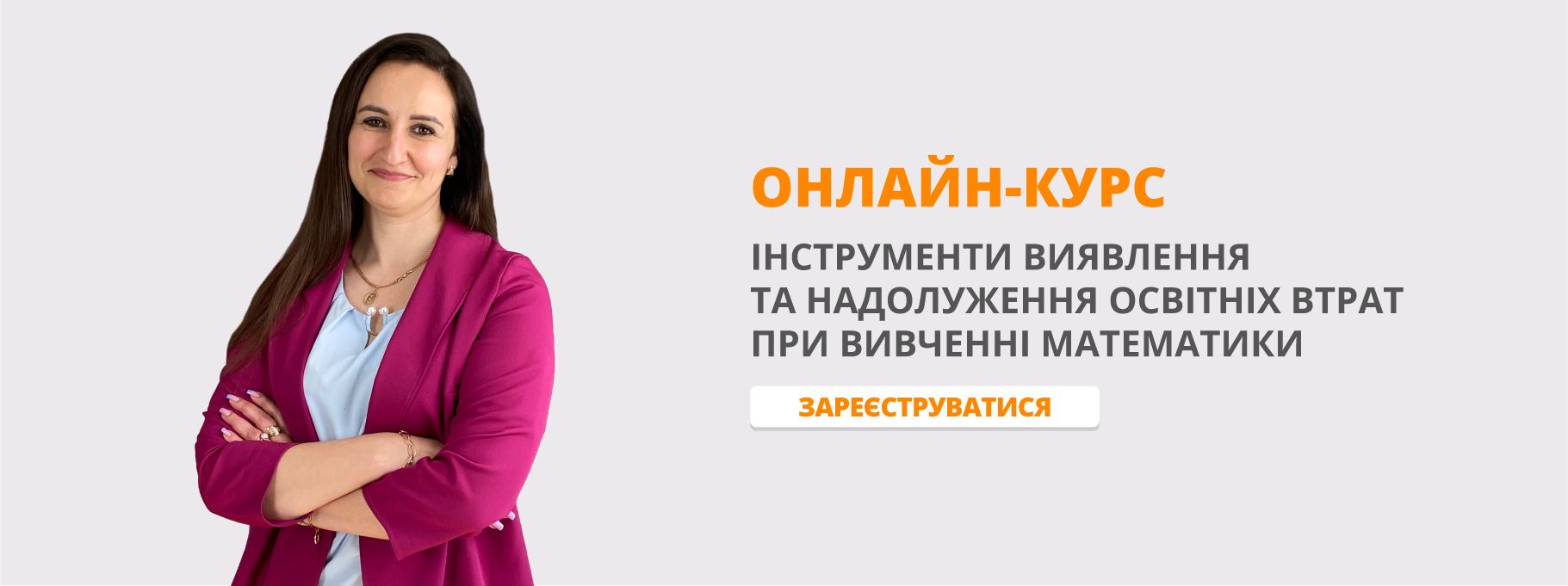Матеріал до уроку на тему «SCIENCE»
SCIENCE
In Kyivan Rus' the first venues of sciences were monasteries. "Code of Laws", drawn up in the X—XII centuries, laid the foundation of what would later become Ukrainian, Russian, Belorussian, and Lithuanian feudal law.
The beginning of the XVII century saw the peak of the prominent linguist M. Smotrytsky. His "Slavic Grammar" became the basis of grammars of many Slavic languages.
A major venue of sciences in the XVIII century was the Kyiv-Mohyla Academy. Among its graduates were such celebrated scientists as M. Maksymovych and O. Shumliansky.
Much contribution to the development of Ukrainian science was made by M. Ostrogradsky (mathematics), O. Bodiansky (linguistics), V. Filatov (medicine).
In the XIX and early XX centuries the centres of scientific activity in Ukraine were Universities and Lyceums. In October of 1918 the Ukrainian Academy of Sciences became a scientific centre. This Academy wasfounded by getman P. Skoropadsky. The first Academy President was the academician V. Vernadsky. In the 1920s there were three departments in the Academy.
The Ukrainian Academy of Sciences was and still is the prominent scientific institution in the Ukrainian state. There are about 160 000 research workers, 12 000 candidates and doctors of science. There are 203 academicians, 280 corresponding members and 80 foreign members of the Academy.
Ukraine has made its contribution to the world space science. At the Southern Machine-Building plant about 400 artificial Earth satellites have been made.
During 1946—1951 the first electronic computing machine in Europe was designed by the academician S. Lebedev at the Institute of Electrical Equipment.
VOCABULARY
venue ['venju:] — центр
to lay [leɪ] the foundation [faun'deɪʃ(ə)n] — закласти основу
graduate ['grædjuət] — випускник
to found [faund] — засновувати
department [dipa:tmənt] — відділення, факультет
prominent ['prɔmɪnənt] — видатний, відомий
corresponding member [,korɪs'pɔndɪŋ 'membə] — член-кореспондент
to make contribution [,kɔntrɪ'bju:ʃ(ə)n] — вносити вклад
QUESTIONS
1. What were the first venues of sciences?
2. Who were among the graduates of Kyiv-Mohyla Academy?
3. When was the Academy of Sciences founded?
4. Who was the Academy, of Sciences founded by?
5. What is the contribution of Ukraine to the world science?
Наука
Першими науковими центрами Київської Русі були монастирі. Протягом X— XII століть було створено «Звід законів», який заклав підвалини того, що згодом стало українським, російським, білоруським і литовським феодальним правом.
На початок XVII століття припадає пік творчої діяльності видатного мовознавця М. Смотрицького. Його «Граматика слов'янська» стала основою граматик багатьох слов'янських мов.
У XVIІІ столітті значним науковим центром була Києво-Могилянська академія. Серед її випускників були такі відомі вчені, як М. Максимович та О. Шумлянський.
Великий внесок у розвиток української науки зробили математик М. Остроградський, мовознавець О. Бодянський, медик В. Філатов.
У XIX і на початку XX століття центрами наукової діяльності в Україні були університети та ліцеї. У жовтні 1918 року науковим центром стала Академія наук України. Вона була заснована гетьманом П. Скоропадським. Першим президентом Академії став академік В. Вернадський. У 20-х роках XX століття в Академії було три відділення.
Академія наук України була й залишається поважною науковою установою. Сьогодні тут працюють 160 000 наукових співробітників, 12 000 кандидатів і докторів наук, 203 академіки, 280 членів-кореспондентів і 80 закордонних членів Академії.
Україна зробила свій внесок у світову космічну науку. На Південному машинобудівному заводі було створено близько 400 штучних супутників Землі.
У 1946—1951 роках в інституті електроустаткування академік С. Лебедєв сконструював першу в Європі електронно-обчислювальну машину.


про публікацію авторської розробки
Додати розробку
